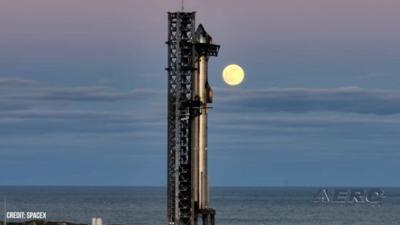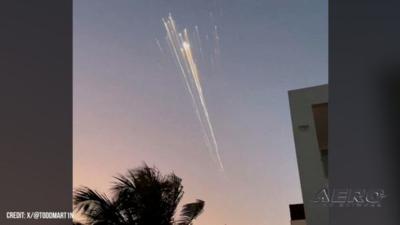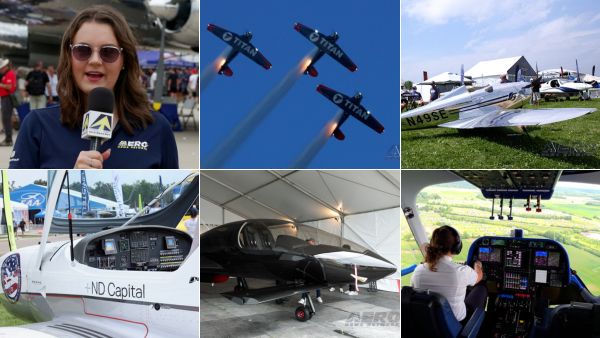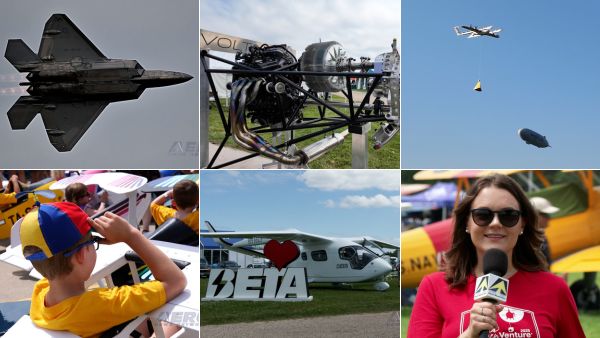Wed, Feb 26, 2025
Advertisement
More News
 ANN Thanks Our Speedy Sponsor... Blackshape!!!
ANN Thanks Our Speedy Sponsor... Blackshape!!!
Check out Blackshape in Oshkosh Display #190 Situated in the Apulian Aerospace district in Monopoli, Italy, Blackshape embodies the epitome of Italian craftsmanship, style, and qua>[...]
 Alpha Systems AOA Guides ANN Oshkosh Coverage
Alpha Systems AOA Guides ANN Oshkosh Coverage
A Powerhouse In Aviation Safety Technology, Visit Alpha Systems AOA at Osh Display#3124-3125 Alpha systems AOA has been developing and integrating Angle of Attack systems for the l>[...]
 NTSB Final Report: Boeing CH-46E
NTSB Final Report: Boeing CH-46E
Pilot Noticed That The No. 2 Engine Torque Indicator Was “Maxed Out” And The No. 1 Torque Indicator Was About 60% Analysis: The pilot in command (PIC) reported that the>[...]
 ANN's Daily Aero-Term (07.24.25): Decision Altitude (DA)
ANN's Daily Aero-Term (07.24.25): Decision Altitude (DA)
Decision Altitude (DA) A specified altitude (mean sea level (MSL)) on an instrument approach procedure (ILS, GLS, vertically guided RNAV) at which the pilot must decide whether to >[...]
 ANN's Daily Aero-Linx (07.24.25)
ANN's Daily Aero-Linx (07.24.25)
Aero Linx: HeliOffshore HeliOffshore is the global, safety-focused association for the offshore helicopter industry. Our mission is to lead a collective safety conversation, identi>[...]
blog comments powered by Disqus





